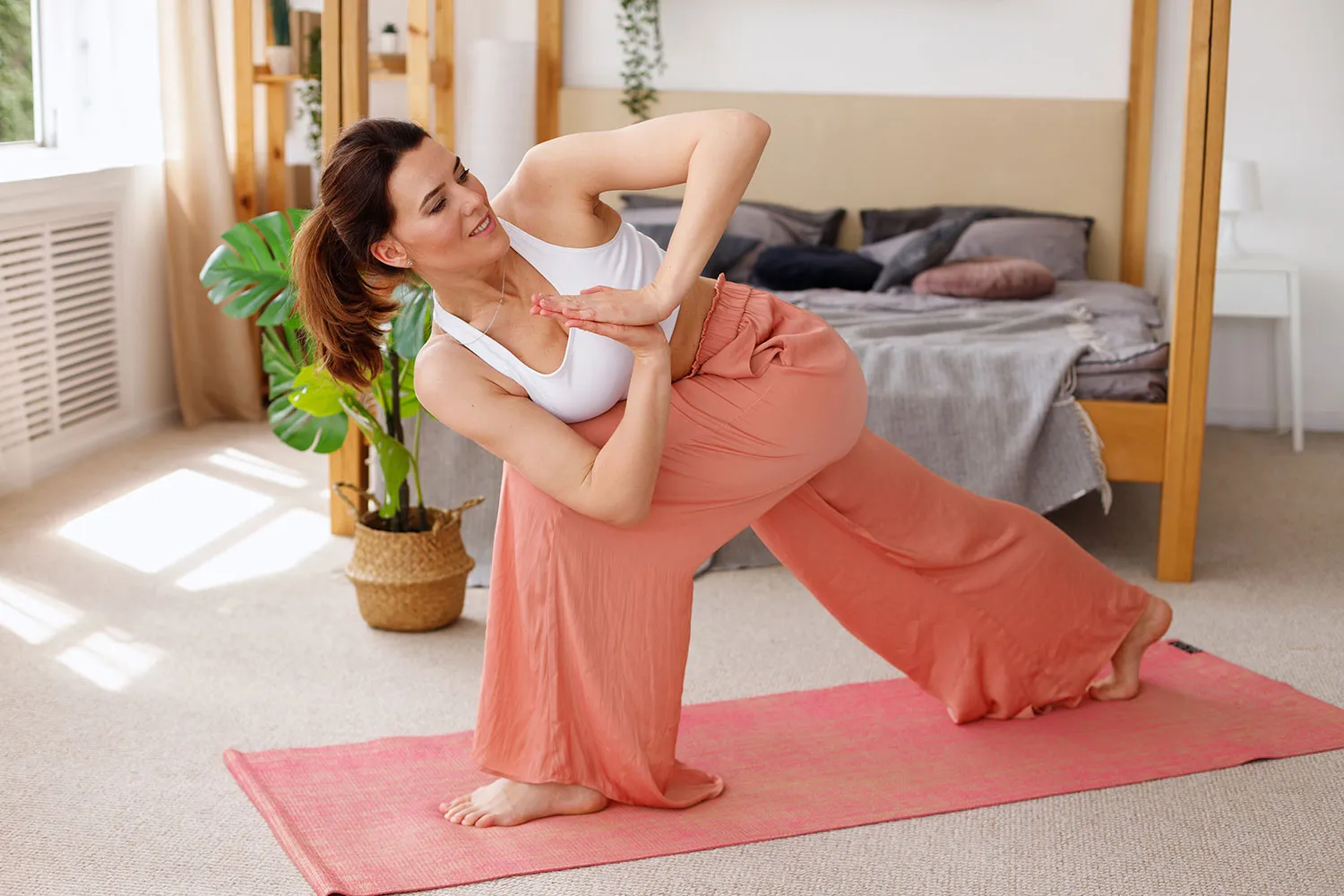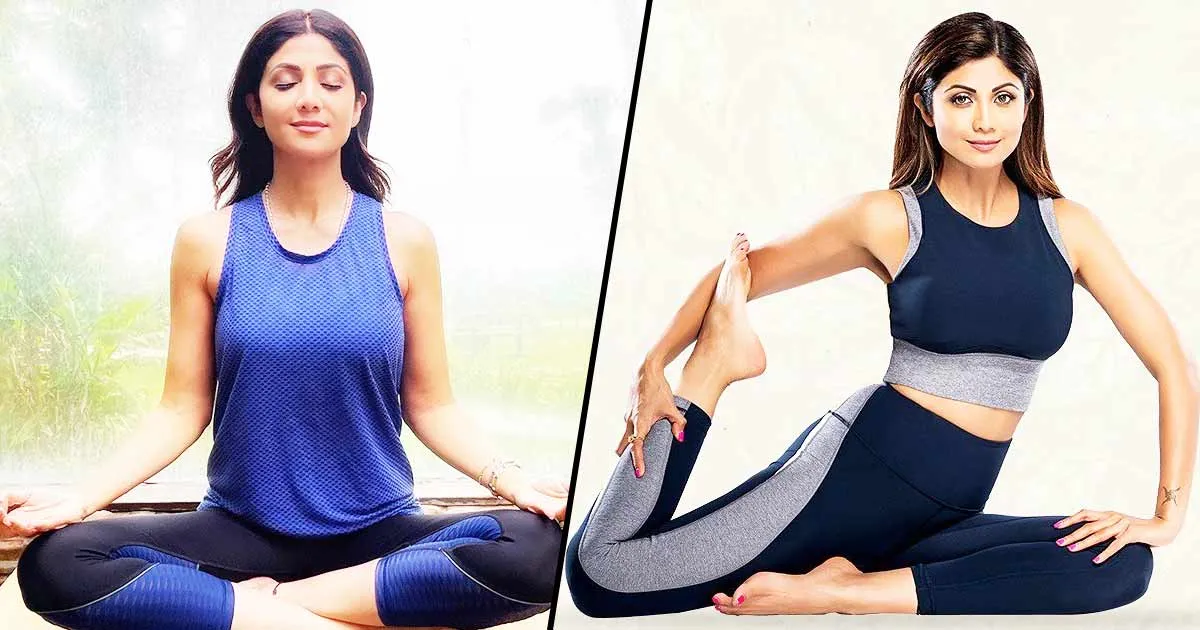
The knees are the body's largest joints. It's your knees that need more love as you age. It is important to maintain these joints since they carry most of the weight in your body and are vital whenever you walk, go upstairs, sit down, or stand up. If they start to fail, you'll notice it. Exercises that strengthen the muscles around the knee may be recommended by a doctor when these conditions occur. It's for this reason that knee-strengthening exercises are so important as you grow older.
The Advantage Of Knee-Strengthening Exercises
The advantages are that they do not directly affect the knee joint, but instead, strengthen the muscles surrounding it. It is possible to provide support for the knees by strengthening the muscles in the legs. By alleviating pressure and strain on these joints, a person may be able to relieve pain and be more active. Strengthening the muscles surrounding the knee can be achieved by performing the following exercises. Before starting any knee-strengthening exercise, it is best to warm up with light exercise. Gentle exercises include walking, cycling, and using an elliptical machine, all of which are low-impact on the knees. By engaging in these activities, you will increase blood flow to the muscles and make them more flexible.
Knee-Strengthening Exercises: How Often Should You Do Them?
Knee-strengthening exercises don't have to be done every day to see results. It is enough to perform knee-strengthening exercises twice each week. Generally, you should perform each exercise for eight to twelve repetitions and two to three sets. When using weights, choose a weight that allows you to perform repetitions between 6 and 8 on a 1 to 10 difficulty scale (where 10 is the most difficult). Repeat for 5 to 10 reps if it's an isometric exercise.
P.S. During these exercises, if a person experiences pain, they should stop and see a doctor, or if they have severe knee pain then they should only start on these exercises after consulting a doctor.
8 Knee-Strengthening Exercises
Butt Kick
As a warm-up, Butt Kicker is a cardiovascular move that gradually increases your heart rate. For runners, it is also an important move for enhancing stride length. Your shins are kicked back behind you so that the bottoms of your feet touch your buttocks. It stretches the quadriceps and flexors while using the hamstrings. All fitness levels can benefit from butt kickers, an effective glute-building move. Performing this exercise before performing any of the exercises listed below can help prevent injuries because it gets the knee joint moving and loose before exercising.
Steps To Do: Hold onto a wall if you need something to balance on, stand straight, and kick your butt with your heel. After two rounds of 20 kicks on each side, rest 30 to 45 seconds between sets.
Sitting Down And Standing Up
Any bench or chair can be used for this exercise. In addition to the fact that it is something we do every day from sitting up from a desk or even a couch, this exercise works a variety of muscle groups when you're sitting down, including your quadriceps, hamstrings, and glutes, and even your core for stabilizing your body as you sit down.
Steps To Do: With the assistance of a bench or chair, slowly lower yourself to the seated position with your arms at your sides. As you sit, raise your arms up for stability. When you reach the top, slowly stand up, squeezing your glutes. Sitting down slowly when coming down is extremely important because it allows you to focus more on the muscles you're working. It is also possible to increase your risk of injury by speeding down the movement. Adapt the movement by finding a slightly higher bench or chair so that you don't have to go as low. Do 3 sets of 15 reps.
Glute Bridges
For good knee health, glute bridges are helpful because they strengthen the glutes. A strong glute helps remove stress from the knees by taking on some of the load and preventing your knees from collapsing or twisting.
Steps To Do: When you are lying on your back with your knees bent comfortably and the bottoms of your feet against the ground, the width of your shoulder should be just inside the width of your knees. After that, lift your glutes off the ground and squeeze them slowly and carefully at the top, concentrating on contracting the glutes at the top. Do three sets of 15 reps of this exercise.
Hamstring Stretch
During this exercise, you will be working your core muscles and hip flexors. Having a strong core and hip flexors will help you maintain good posture and stabilize your spine so you can move freely.
Steps To Do: It is recommended that you lie on your back with one knee bent and one leg straight. As long as your arms are at your sides, you can rest them there. After you have raised your straight leg up to 90 degrees, you need to slowly lower it down again. For each leg, you should perform 3 sets of 15 repetitions of this exercise.
Wall Sit
Performing wall sits is a great way to strengthen your quadriceps, which absorb shock from daily activities such as running, jumping, or even walking.
Steps To Do: With your arms by your side, find a wall and sit flush against it. Keeping your knees bent no more than 90 degrees, slide down. As you approach 90 degrees, the challenge will increase. Try to hold a sitting position for 30 seconds to 1 minute based on your current strength level. Keep your knees from crossing over your toes, and keep your shins as perpendicular to the ground as possible. Do 3 sets of this exercise.
Donkey Kicks
In the same way that glute bridges strengthen your glutes, this exercise is also very low-impact and can be done on a daily basis.
Steps To Do: Sit on your hands and knees on a mat or a soft surface, such as a cushioned carpet. In the next step, you need to get your hips and knees to form a 90-degree angle. Keeping the knee bent at 90 degrees, kick one leg back. It is important that your belly button points to the floor so that you do not twist at all. During this stretch, your glute should be squeezed. Repeat this for 3 sets of 10 to 15 reps in each leg with a 30 to 45-second rest in between each set.
Squat
Strengthening the quadriceps reduces and prevents knee injuries by supporting the knee.
Steps To Do: Make sure your feet are about hip-width apart when you stand. Make sure that your spine is straight and that you are looking straight ahead. Ensure that your hips are at a 90-degree angle (legs at right angles). By pressing through your heels, return to a standing position.
Leg Extension
A similar exercise to squats, this exercise strengthens the quadriceps muscles. As the quadriceps contract, the hamstring muscles along the back of your legs will feel a nice stretch. The hamstrings are more flexible, which helps prevent knee injuries.
Steps To Do: It can be done with or without weight. Place your calves and feet over the floor in a 90-degree, flexed position while sitting in a chair or on the edge of a table. Keeping your feet flexed, raise your legs until they are straight, then lower them back to the starting position.
Post-Exercise Stretching
Stretching is essential after exercising any muscle group. The benefits of stretching include improved flexibility, pain relief, and injury prevention.
Quadricep stretch
A chair's back or a wall can be used to balance yourself. Hands should be held around the ankle of the foot that is lifted behind the body. Maintain a straight back and close your knees. Gently pull the heel close to the buttocks without causing pain. Hold for up to 30 seconds before slowly lowering the leg. Repeat on the other side.
Toe touches
There are several ways to stretch the hamstring muscles in the back of the legs. While bending your hips and extending your arms downward, keep your hands close together. Avoid locking the knees while maintaining a straight posture. Hold your fingers on top of your toes for 30 seconds. There is a possibility that it will be difficult to reach your toes at first. This situation calls for getting the fingers as close to the toes as possible without causing pain. Bouncing is not recommended. Keep your posture still.
Standing hamstring stretch
Stretching the hamstrings while standing is also an effective way to stretch the backs of the legs, and it's easier on the lower back than toe touches. Maintain a shoulder-width distance between your feet. Extend the right leg out a few inches in front of the body as you bend at the hips. The left leg should be bent slightly. Slowly bring the chest down while keeping your back straight. If you are able to bend down without causing any pain, do so. Keep holding for 30 seconds. Straighten the leg and bring it back towards the body. Then repeat with the other leg.
By Rashmi Goel
.


